Japanese garden design principles strive to inspire peaceful contemplation and are a haven of tranquillity - the drawing together of elements combine to quieten the air and massage the soul.
If you have hopes of recreating this peace in your garden, you need to use some essential and unique elements. Here's a simple guide and ideas to create a small or large Japanese-inspired garden.
Water
The mixture of still and flowing water is the natural element that creates so much of the tranquillity you desire. The ponds and water features will express the ancient symbolism of renewal and calm. Bright, freshwater circulating your garden, reflecting the skies, quietens the air. The sound of the movement will then calm the mind.
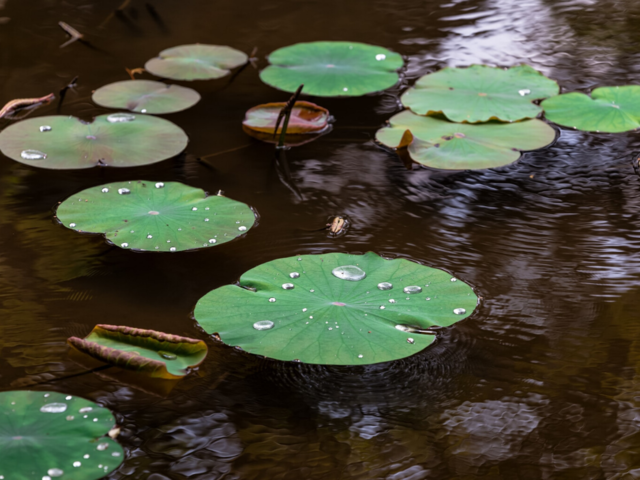
Image source: unsplash
Bridges
The power of the symbolism of water in the Japanese garden is heightened with the use of bridges, which create beautiful reflections. The wooden, bamboo, earth or stone bridges are places to pause to appreciate the water or to watch as the koi fish swim beneath your feet.
Stones
Since a time before memory, stones have been central to the culture of Japan. In Shinto, large stones are worshipped as kami, a divine being or god. Smaller rocks are used as gravel are often used to designate an area as sacred. If you visit shrines around Japan, you will note that the ground is scattered with gravel.
As all elements in a Japanese garden are a representation of nature, where the water symbolises the oceans, the stones represent the mountains and hills.
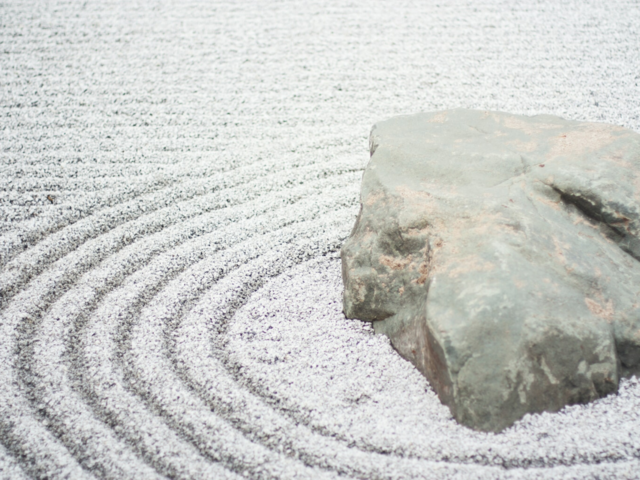
Image source: unsplash
Lanterns
The use of light in a Japanese garden is vital to its shimmering beauty. Lanterns come in a variety of shapes and sizes and are usually made of stone. These are often used as boundary markers of significant buildings or zones of your garden and, as such, often come in pairs.
The lantern was not always a popular element of a Japanese garden - it became popular with the advent of the tea garden. Now the lamp offers the gardener a wonderful contrast between the sculptured stone lantern and the natural soft planting.
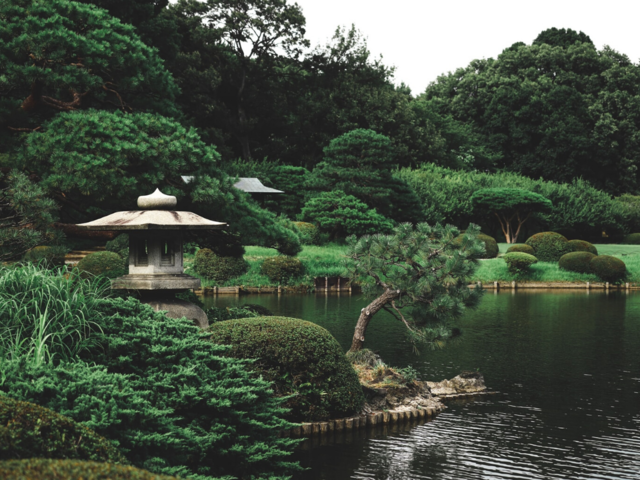
Image source: unsplash
Paths
Japanese gardens are meant for strolling. You should be able to follow paths that meander around the water and planting, the buildings and the lanterns. The paths can be used to zone your garden, creating different segments for different purposes. However, the real motivation for including such paths is the desire to prompt contemplation - you want people to meander the trails and connect with nature.
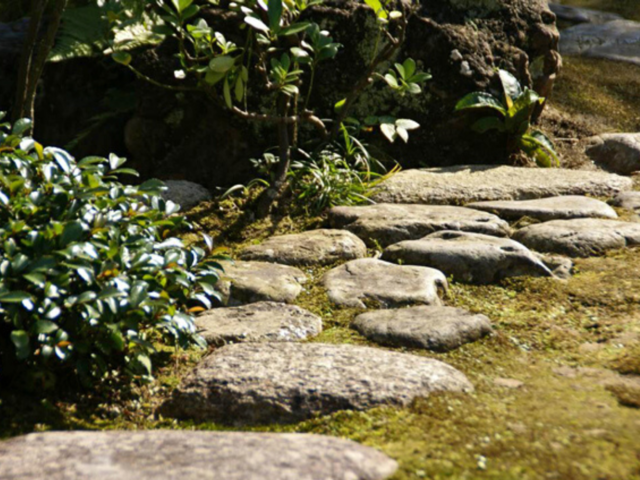
Image credit: Real Japanese Gardens
Planting
Finally, you will need to choose the correct paths to fill those zones devoted to planting. The Japanese are renowned for carefully crafted designs, which take a lot of time and patience. Amelanchier 'Serviceberry' is used to represent youth and provides a beautiful gold and scarlet foliage. Acer palmatum Japanese maple is another staple, with its magnificent lacy leaves. The maples are quite tender trees and will need to be brought indoors in colder weather. Then, there is the lotus, which is the flower of the Buddha.
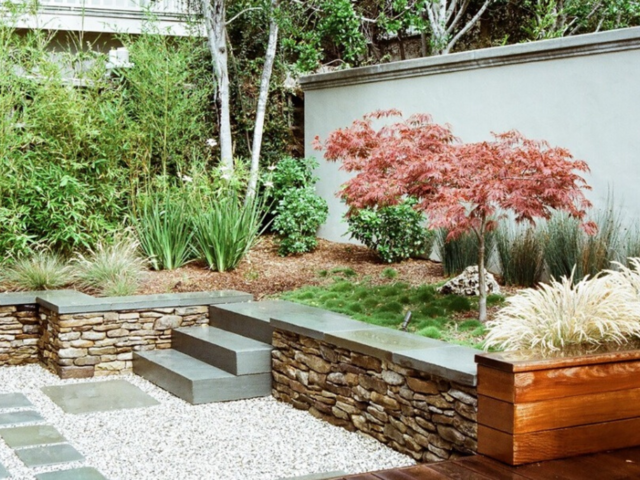
Image credit: Robert Shuler
Japanese gardens feature a large variety of unique elements and styles. Which are your favourite? Let us know in the comments below.
If you are interested in learning more about garden design, take a look at our articles and our industry-recognised courses.

